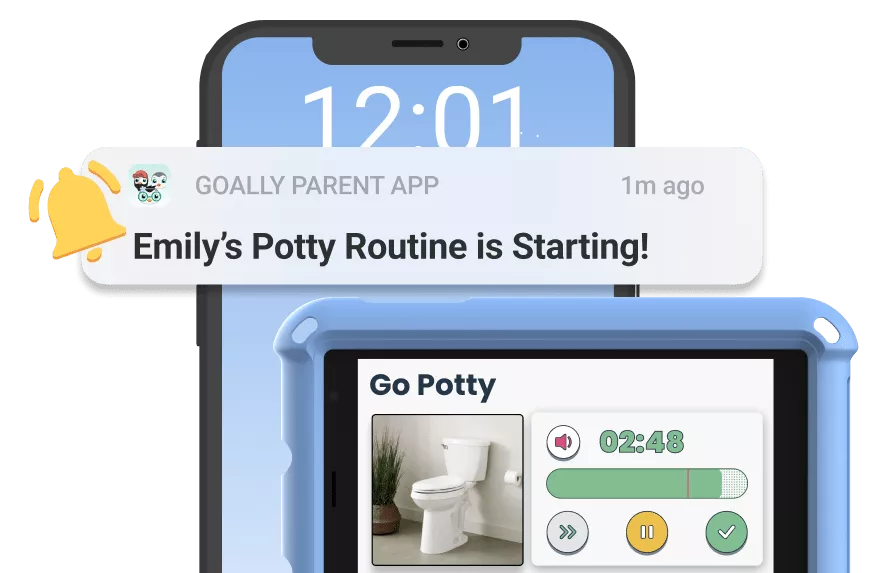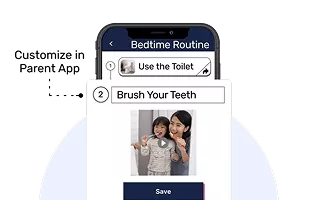As someone who works with kids every day, I know how important it is to create a calming environment. The concept of different colors of noise can be intriguing and useful for parents looking to help their kids focus or relax. But what are these colors of noise, and how can they make a difference in your child’s life? In this blog, I’ll break down the various types of noise, explain their unique characteristics, and provide tips on how to use them effectively.
Table of Contents
Understanding Noise Colors
When we talk about noise colors, we’re referring to different types of sound signals that each have unique properties. These are named after colors because their power distribution can be visualized similarly to the light spectrum. The most common noise colors are white, pink, brown, and blue noise.
White Noise
White noise is a consistent sound that covers all frequencies equally, much like white light contains all colors. It’s often used to mask other sounds, making it great for sleep or concentration. For example, think of the steady hum of a fan or static from a radio. Research shows that white noise can improve sleep quality, especially for those who are easily disturbed by environmental sounds.

Read more: ADHD Noise Sensitivity in Kids
Pink Noise
Pink noise, on the other hand, has more power in the lower frequencies. This gives it a deeper sound compared to white noise. Natural examples of pink noise include rustling leaves, steady rain, and waves on a beach. Studies have suggested that pink noise can enhance memory and improve sleep quality by reducing brain wave activity.
Brown Noise
Brown noise, also known as Brownian noise, has even more emphasis on the lower frequencies than pink noise. It sounds deeper and rougher, similar to the noise of a strong wind or distant thunder. Brown noise can be particularly soothing and is often used to calm restless minds.
Blue Noise
Blue noise is the opposite of pink and brown noise, with more power in the higher frequencies. It has a hissing sound, similar to a spray can or a high-pitched waterfall. Blue noise is less commonly used for relaxation but can be beneficial in certain therapeutic settings.
How to Use Noise Colors Effectively
Different colors of noise can be tailored to specific needs, especially for kids with learning and thinking differences. Here are some tips on how to use them:
- White Noise: Use white noise machines or apps during bedtime to help kids fall asleep faster and stay asleep longer.
- Pink Noise: Play pink noise in the background while kids do homework or read to improve focus and retention.
- Brown Noise: Utilize brown noise during stressful times to help kids relax and reduce anxiety.
- Blue Noise: Integrate blue noise in sensory play or therapeutic activities for specific needs.
Benefits of Noise Colors for Neurodivergent Kids
For kids with autism or ADHD, noise colors can be particularly beneficial. White noise can help mask distracting sounds, making it easier for kids to concentrate on tasks. Pink and brown noise can provide a soothing background that helps in managing anxiety and sensory overload. Here’s what the research says:
- A study by the American Academy of Pediatrics found that white noise improved sleep in infants by 80% compared to a silent environment.
- Research from Northwestern University suggests that pink noise can enhance deep sleep and improve memory consolidation.

Read More: 5 Types of Music Therapy
Practical Applications at Home
Implementing these noise colors at home can be simple and effective. Here are some practical ways to get started:
- Bedtime Routines: Incorporate white noise into your child’s bedtime routine to help them settle down and sleep better.
- Study Sessions: Use pink noise during study times to help your child concentrate and retain information.
- Relaxation Time: Play brown noise in the background during quiet activities to create a calming environment.
- Sensory Play: Experiment with blue noise in sensory activities to provide a varied auditory experience.

Goally | Best Videos to Teach Life Skills
Give your kid an independent future. Goally has 100+ video classes teaching life skills like “How to Choose a Restaurant,” “How to Interrupt Politely,” and “How to Get Ready for School.”
Goally takes kids on an adventure that includes interactive practice and checkpoints along the way! No web browsers, YouTube, or social media.
Benefits of Different Colors of Noise
Understanding and utilizing the different colors of noise can make a significant impact on your child’s well-being. Whether it’s improving sleep, enhancing focus, or providing a calming environment, these sounds can be powerful tools in your parenting toolkit. Try experimenting with different noise colors to find what works best for your child’s unique needs.
Resources:
FAQs about Colors of Noise
What is white noise?
White noise is a consistent sound that covers all frequencies equally, similar to the hum of a fan or static from a radio. It is often used to mask other sounds, making it useful for improving sleep and concentration.
How does pink noise differ from white noise?
Pink noise has more power in the lower frequencies, giving it a deeper sound compared to white noise. Natural examples include rustling leaves and steady rain, and it is known to enhance memory and improve sleep quality.
What are the benefits of brown noise?
Brown noise, which has an emphasis on even lower frequencies than pink noise, produces a deeper, rougher sound like strong wind or distant thunder. It is particularly soothing and can help calm restless minds.
Can blue noise be used for relaxation?
Blue noise has more power in higher frequencies and sounds similar to a hissing spray can or a high-pitched waterfall. While it is less commonly used for relaxation, it can be beneficial in certain therapeutic settings.
How can noise colors help neurodivergent kids?
Different noise colors can aid neurodivergent kids by masking distracting sounds, enhancing focus, and providing a calming background. White, pink, and brown noise are particularly effective in creating a soothing environment and improving sleep and concentration.
This post was originally published on 01/16/2023. It was updated on 06/23/2024.

Goally
We help parents teach their kids life skills, like doing bedtime and morning independently. Backed by science, we incorporate evidence-based practices and expert-informed designs in all of our apps and content.





